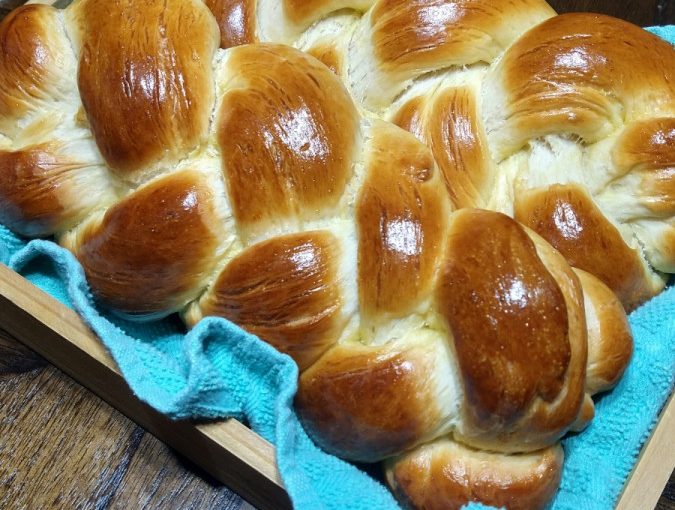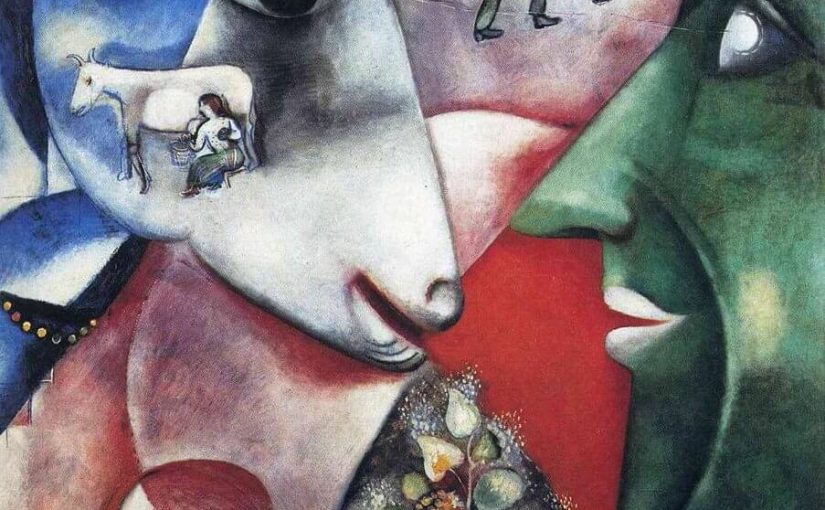Jewish Eating and the Elevation of Creation
When the Holy Temple was in existence, the Altar atoned for Israel; today, a person’s table atones for him.
Talmud, Berachot 55a
Before one can grasp the significance of kashrut law, there is a salient need to understand the Jewish approach to eating and life itself. Jews believe that they are here to transform the physical realm into a holy place, in line with the will and design of Hashem.
In terms of eating, there are several aspects relating to this service to holiness. In order to serve G-d, one must be healthy and strong, and eating is a part of that service. As Maimonides put it:
“…keeping the body healthy is part of serving G‑d.”
Additionally, Jews are endowed with the ability to actually elevate the food by eating it with the proper intention. For example, let’s think about a beautiful persimmon. A g-dly spark was invested in the persimmon: its ‘soul’ or ‘vitality’. The spark is trapped in the physical form of the persimmon. However, when one eats the persimmon with an intention toward holiness, the spark is released. The spark or ‘soul of the persimmon unites with the person’s intention to serve G‑d, and when this spiritual energy in the food is realized it adds to the eater’s spiritual awareness.
Eating within the Jewish faith is not just a matter of pleasing the palate, or even a matter of keeping the physical body alive. It is a spiritual service that requires focus and direction. Jews remember this every time they eat. Eating is for a specific purpose and thus requires a specific diet. Therefore, looking at eating as an end in itself is not holy, and is considered a shallow approach. The concept of holiness through kashrut is that eating becomes a means to an end. By utilizing the seemingly mundane in this way, man can elevate the rest of creation.
Within the Jewish worldview, every aspect of creation becomes incorporated into the level above it. Minerals and water sustain plants, plants sustain animals, and all three levels sustain man. Although man’s soul ascends to heaven, his body returns to dust. Therefore, in the capacity as an elevator of g-dly sparks, if a person does nothing with their existence, they bring all of creation back to dust (the lowest level). Conversely, man has the ability to elevate his eating habits to a level of Divinity. By understanding of the philosophies at play in Jewish eating, we can also begin to understand why certain foods are forbidden.
Continue reading #2: The Underpinnings of Jewish Dietary Law



